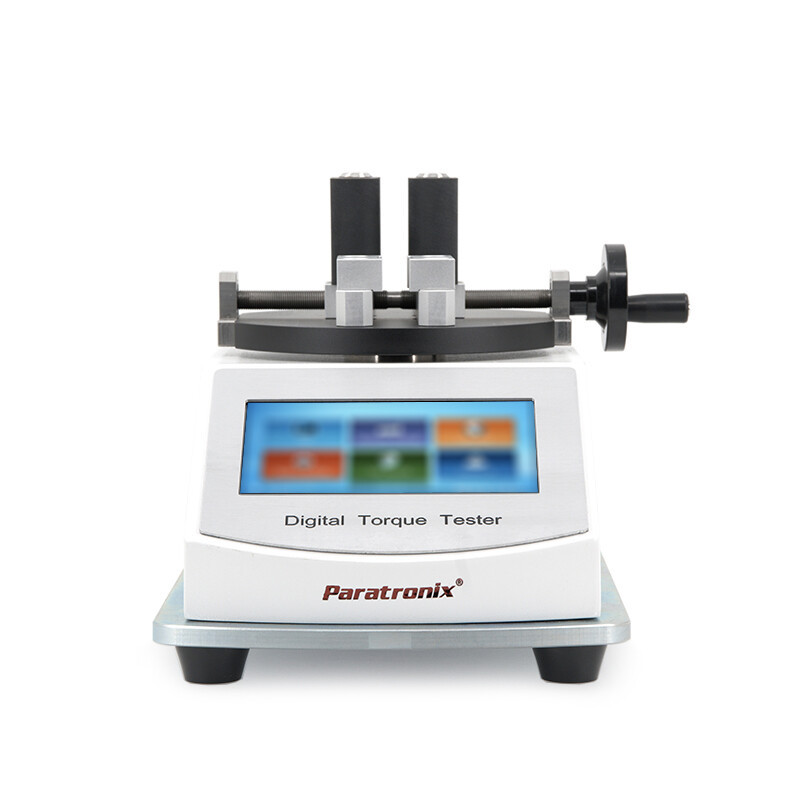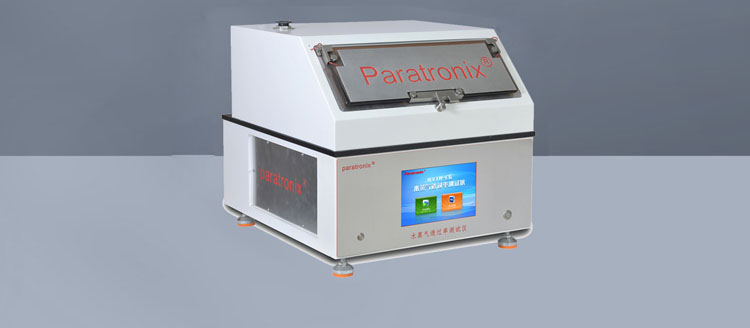Recent Posts
 Maintenance methods for thin film thickness detection instruments2025-12-15
Maintenance methods for thin film thickness detection instruments2025-12-15 Method for detecting the opening tension of food chain self sealing bags2025-12-03
Method for detecting the opening tension of food chain self sealing bags2025-12-03 Packaging industry testing instrument - moisture permeability tester2025-11-26
Packaging industry testing instrument - moisture permeability tester2025-11-26 What testing instruments are used for testing the heat sealing performance of thin films?2025-11-20
What testing instruments are used for testing the heat sealing performance of thin films?2025-11-20 Precautions for using negative pressure seal detector2025-11-10
Precautions for using negative pressure seal detector2025-11-10
Introduction
ASTM International develops and publishes technical standards for a wide range of materials, products, and systems.
Among these, ASTM D645 is a critical standard used to determine the thickness of paper and paperboard. This test
method ensures consistency, quality control, and compliance in the paper manufacturing and packaging industries.
Scope and Significance of ASTM D645
ASTM D645 provides a standardized procedure for measuring the thickness of paper and paperboard under specified
conditions. Thickness is a fundamental property that affects the material’s strength, stiffness, and performance in
various applications, such as packaging, printing, and labeling.
Accurate thickness measurement is essential for:
Quality Control – Ensuring uniformity in production.
Product Performance – Meeting specifications for durability and functionality.
Regulatory Compliance – Adhering to industry and customer requirements.
Testing instruments:PTT-03 Thickness Tester

Test Procedure
The ASTM D645 test method involves the following key steps:
Sample Preparation – Cut representative samples of paper or paperboard to the required dimensions, ensuring they
are free from wrinkles, folds, or defects.
Conditioning – Condition the samples in a controlled environment (typically 23°C ± 1°C and 50% ± 2% relative humidity)
to achieve equilibrium before testing.
Measurement – Use a calibrated micrometer or thickness gauge to measure the sample at multiple locations, applying
a specified pressure (usually 50 kPa or 7.25 psi).
Calculation – Record the average thickness from multiple readings to ensure accuracy.
Factors Affecting Thickness Measurement
Several factors can influence the results of ASTM D645 testing:
Moisture Content – Paper thickness can vary with humidity.
Pressure Applied – Excessive or insufficient pressure can lead to inaccurate readings.
Instrument Calibration – Proper maintenance of measuring devices is crucial for reliable data.
Applications of ASTM D645
This standard is widely used in industries such as:
Packaging – Ensuring corrugated boards meet strength requirements.
Printing – Maintaining paper thickness for optimal print quality.
Consumer Products – Verifying the thickness of paper-based materials in food packaging, labels, and more.
Conclusion
ASTM D645 plays a vital role in maintaining quality and consistency in paper and paperboard products. By following
this standardized test method, manufacturers and testing laboratories can ensure that materials meet performance
expectations and industry specifications. Proper thickness measurement contributes to product reliability, customer
satisfaction, and efficient production processes.
For more detailed information, refer to the official ASTM D645 standard documentation.
Leave A Reply
Search by Keywords





